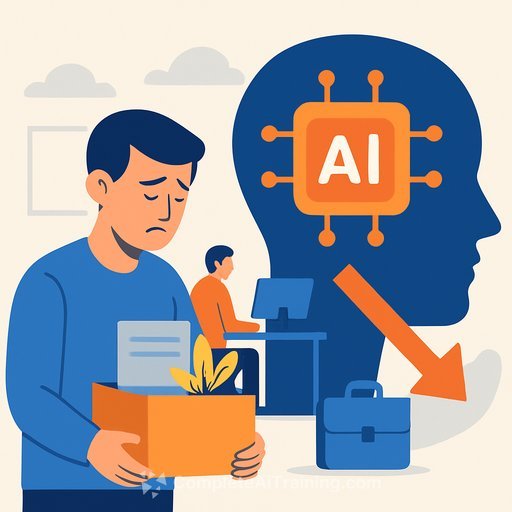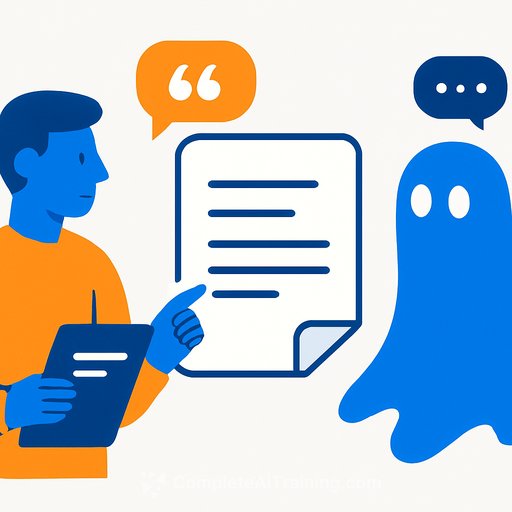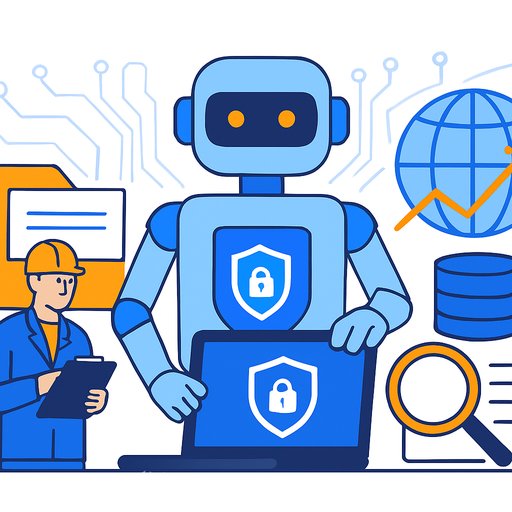Meta Cuts 600 AI Roles to Tighten Strategy and Speed Up Execution
Meta is eliminating roughly 600 positions across its AI organization to strip out layers, reduce internal competition for compute, and move faster. The move follows a year of heavy AI spending-$14.3 billion-and signals a shift from research at scale to output measured in product velocity and model quality.
A company spokesperson confirmed the layoffs, which span AI infrastructure, FAIR, and product-adjacent roles. The goal: fewer handoffs, clearer ownership, and shorter iteration cycles in a market where weeks matter.
Restructuring under new AI leadership
The changes come under Chief AI Officer Alexandr Wang, whose team formed Meta Superintelligence Labs and absorbed the existing AI unit. According to reports, TBD Labs-home to many of Meta's senior AI hires brought in over the summer-was not impacted, a signal that recent strategic hires remain core to the plan.
Internally, FAIR and product teams were often competing for compute and attention. Consolidating oversight under one operating model is meant to clarify priorities, streamline access to resources, and give leadership a single view of trade-offs between research and shipping.
Who's affected and what Meta is offering
Some impacted employees were told their termination date is Nov. 21, entering a "non-working notice period" with pay but no internal access. They were encouraged to look for other roles within Meta during this time.
Severance includes 16 weeks of base pay plus two weeks per year of service, minus the notice period. Roles hit include AI infrastructure, FAIR, and product-related positions, according to multiple reports.
Why this matters for executives
This is the pattern we're seeing across big tech: consolidate AI groups, remove redundancy, and align research with product deadlines and unit economics. AI has moved from "innovation theater" to a core operating priority with clear P&L impact.
Compute is the new bottleneck. Companies that centralize GPU strategy, prioritize workloads, and lock in an internal pricing model tend to move faster and waste less. Meta's changes reinforce that lesson.
Strategic takeaways you can apply now
- Unify AI leadership. One accountable owner for research, infra, and product reduces drift and conflicting roadmaps.
- Centralize compute and set clear allocation rules. Treat GPUs like a shared service with chargebacks and SLAs.
- Productize research. Define "exit criteria" from research to production with milestones, reliability targets, and security reviews.
- Measure what matters. Track iteration speed, model performance vs. cost, and usage by real customers-not just demos.
- Prune org layers. Fewer handoffs and smaller, accountable pods improve cycle time and ownership.
- Protect critical talent. Shield the hires who set technical direction; rotate others based on business need.
- Automate the AI pipeline. Invest in evals, data quality checks, and deployment tooling to cut toil.
- Plan the people side. Pair any restructuring with clear comms, internal mobility paths, and fair severance to maintain trust.
Signals to watch at Meta
- Model cadence and quality. Faster releases with noticeable jumps in performance and reliability.
- Hiring mix. Ratio of research scientists to applied engineers and infra specialists.
- Capex guidance. GPU commitments, data center upgrades, and comments on utilization.
- Partnerships. Clues on preferred cloud, chip vendors, or ecosystem bets.
- Developer sentiment. Adoption by builders is the real scoreboard for frameworks and models.
If you're planning an AI reorg
Set a 12-18 month operating plan with a single owner for research, infra, and product. Define a small set of flagship use cases with clear KPIs and resource commitments. Build the governance (evals, red-teaming, observability) before you scale users-not after.
Then audit your team topology: where does work stall, who controls compute, and how often do priorities shift? Fix those first. The tech rarely blocks progress; coordination does.
For context on Meta's research direction, see the Meta AI Research portal.
Upskilling your teams
If you're aligning org structure and need targeted capability building for product, data, or engineering leaders, explore role-based programs at Complete AI Training. For a fast scan of current options, check the latest AI courses.
Your membership also unlocks:




